CASE MANAGEMENT
Conducting various user research methods, including competitive analysis, qualitative analysis, data analysis, interviews, and additional research, is crucial for Liberty Dental Plan, a company handling socio-economic care along with value-based care methods. Here are the reasons why each of these research methods is important:
Competitive Analysis
By conducting a competitive analysis, Liberty Dental Plan can gain insights into how other dental insurance providers and healthcare organizations are addressing socio-economic care and implementing value-based care models. It helps identify best practices, innovative approaches, and potential gaps in the market, allowing Liberty Dental Plan to differentiate itself and provide unique value to its members.
Qualitative Analysis
Qualitative analysis, such as focus groups or in-depth interviews, helps Liberty Dental Plan understand the needs, motivations, and experiences of its members and dental providers. This research method provides rich, detailed insights that go beyond quantitative data, allowing the company to uncover deep-rooted challenges and design solutions that address specific pain points in dental care access and affordability.
Interviews
Conducting interviews with members, dental providers, and stakeholders allows Liberty Dental Plan to gather firsthand perspectives on the challenges and needs within the socio-economic care landscape. Interviews provide an opportunity to delve into individual experiences, understand barriers to dental care access, and explore expectations for value-based dental services.
Why is competitive UX analysis useful?
Understanding Industry Standards: By conducting a competitive UX analysis, you can gain insights into the prevailing industry standards and best practices. It allows you to understand how other companies are designing their user experiences, what features and interactions they offer, and how they solve common UX challenges. This knowledge helps you benchmark your own UX against the competition and ensure that your product or service meets or exceeds user expectations.
Identifying Opportunities and Gaps: Analyzing competitors' UX provides an opportunity to identify gaps or underserved areas in the market. By examining what your competitors are doing well and where they fall short, you can find opportunities to differentiate your own product or service by offering a superior user experience. This analysis helps you identify unmet user needs, pain points, or areas where you can introduce innovative solutions.
Learning from Mistakes and Successes: Analyzing competitors' UX allows you to learn from their mistakes and successes. By studying user feedback, reviews, and customer complaints, you can identify common pain points and usability issues that competitors may have overlooked. Conversely, you can also identify features or interactions that are well-received by users and consider incorporating them into your own UX design.
Inspiring Innovation: Examining competitors' UX can serve as a source of inspiration for your own design team. It provides exposure to different design approaches, visual styles, and interaction patterns that can spark new ideas and creative solutions. By staying informed about the latest UX trends and innovations in your industry, you can ensure that your own UX remains current, fresh, and competitive.
Differentiating Your Brand: A competitive UX analysis helps you understand how your brand's user experience compares to your competitors'. It allows you to identify opportunities to differentiate your brand by offering unique and memorable interactions, personalized experiences, or value-added features. By leveraging these differentiators, you can create a competitive advantage and attract and retain users.
Continuous Improvement: Competitive UX analysis is not a one-time activity; it is an ongoing process. By regularly monitoring and analyzing the UX of your competitors, you can stay updated on their design changes, updates, and user feedback. This information enables you to continuously improve your own UX and stay ahead of the competition.
COMPETITOR A
COMPETITOR B
COMPETITOR C
How dID WE use this information?
Identifying Design Patterns: By analyzing screenshots of competitors' interfaces and interactions, you can identify common design patterns and trends within your industry. This helps you understand the prevailing visual aesthetics, layout structures, and interaction styles that resonate with users. It allows you to leverage these design patterns to create a user experience that feels familiar and intuitive to your target audience.
Evaluating User Experience: The screenshots and benchmarks of competitors' interfaces provide a basis for evaluating their user experience. By comparing their design choices, information hierarchy, and interaction flows with your own product or service, you can identify areas where competitors excel or fall short. This evaluation helps you gain insights into what works well for users and what aspects can be improved or differentiated in your own UX design.
Benchmarking against Competitors: Using competitor benchmarks in your analysis allows you to establish a performance baseline for your product or service. By comparing key metrics such as page load times, click-through rates, or conversion rates, you can assess how your UX performance compares to competitors. This benchmarking process helps you identify areas where you need to catch up or areas where you excel, allowing you to focus your efforts on areas of improvement or competitive advantage.
Spotting Differentiation Opportunities: Analyzing competitor screenshots and benchmarks helps you identify opportunities for differentiation. By studying their design choices, you can pinpoint areas where competitors have similar approaches or overlook certain user needs. This knowledge empowers you to differentiate your product or service by offering unique features, improving upon existing solutions, or providing a more tailored and relevant user experience.
IDENTIFY KEY DATAPOINTS uSING HISTORICAL and EXPLORATORY DATA
I interviewed, surveyed and worked alongside stakeholders, business systems analysts, subject matter experts and product owners to disseminate the key datapoints.
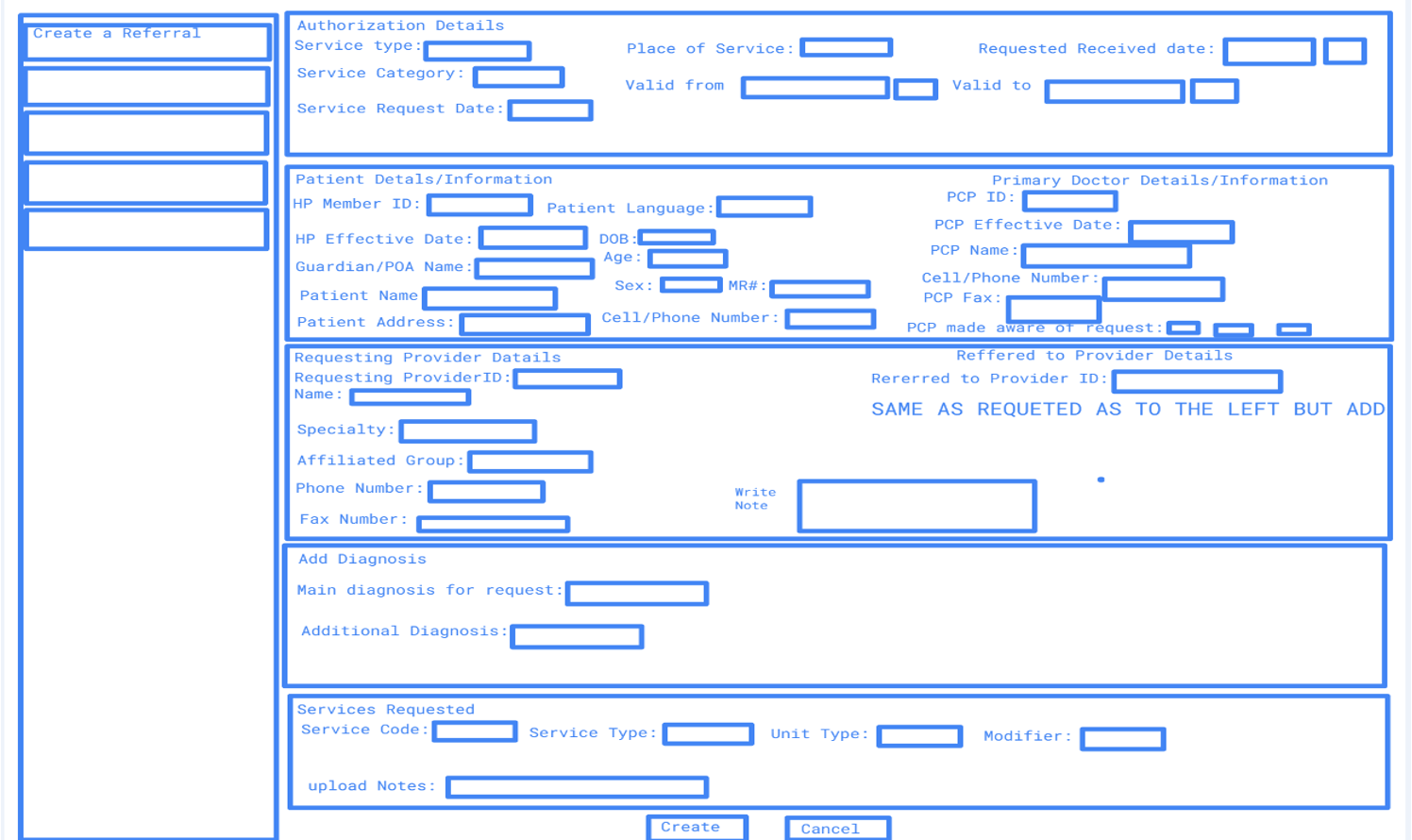
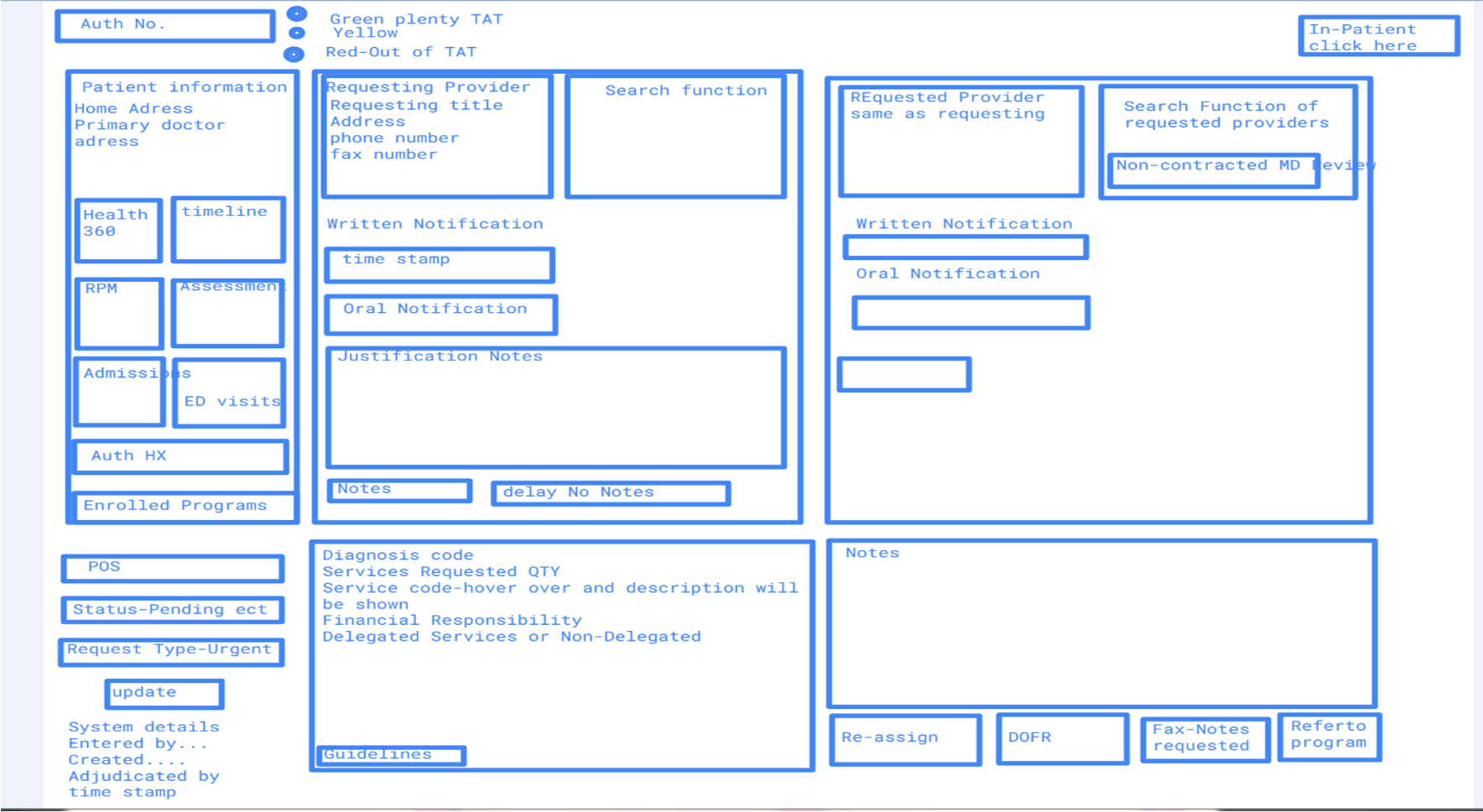
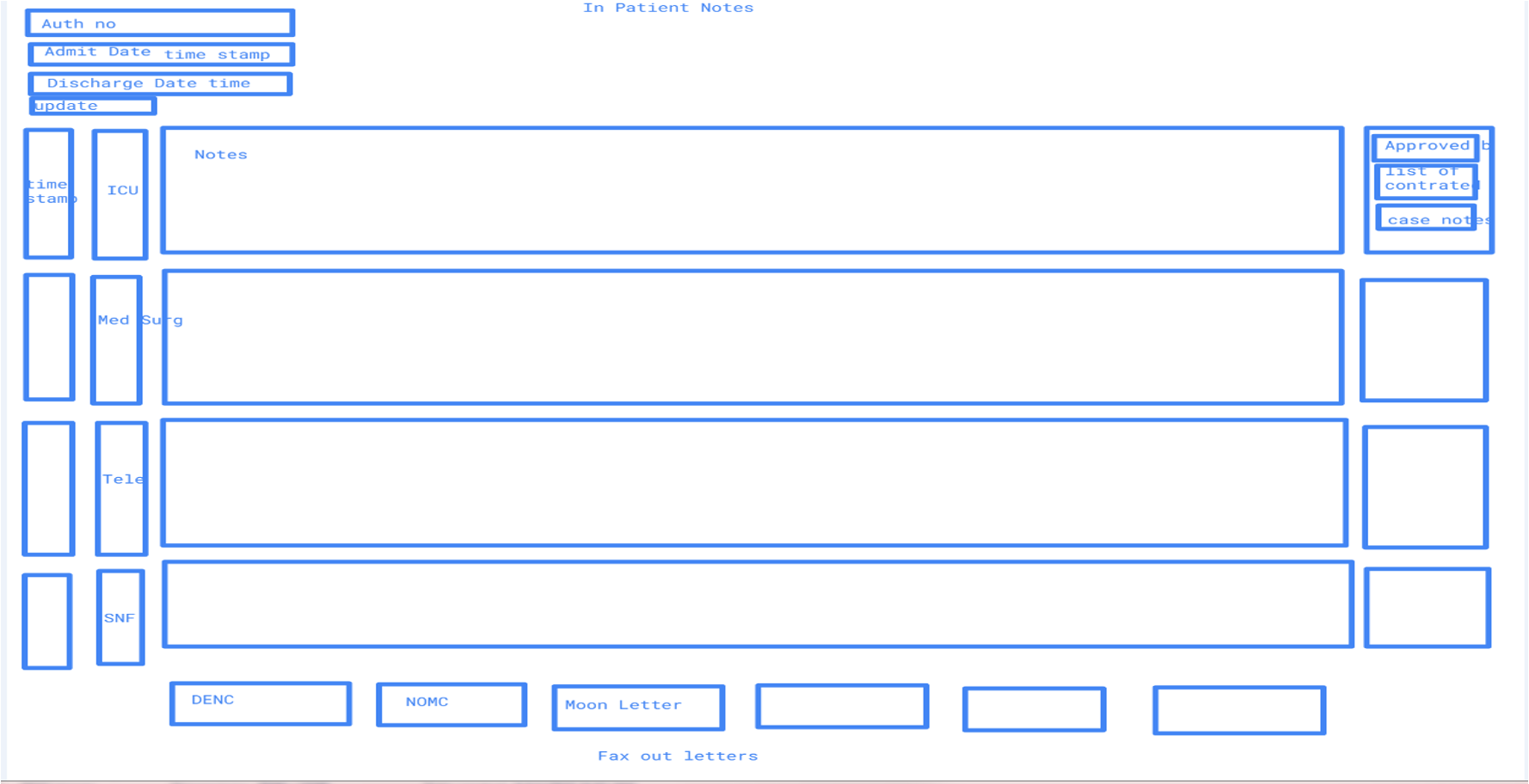
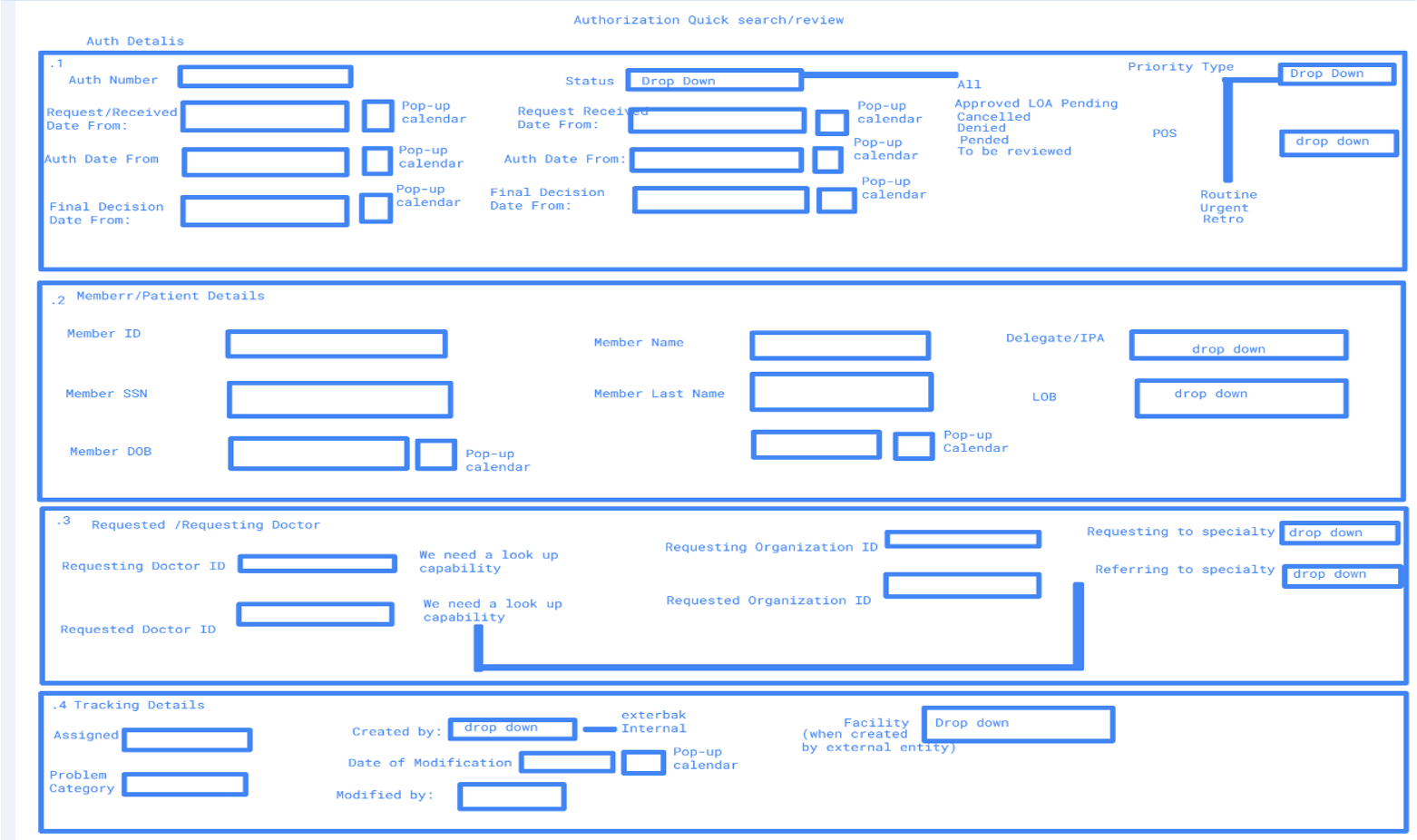
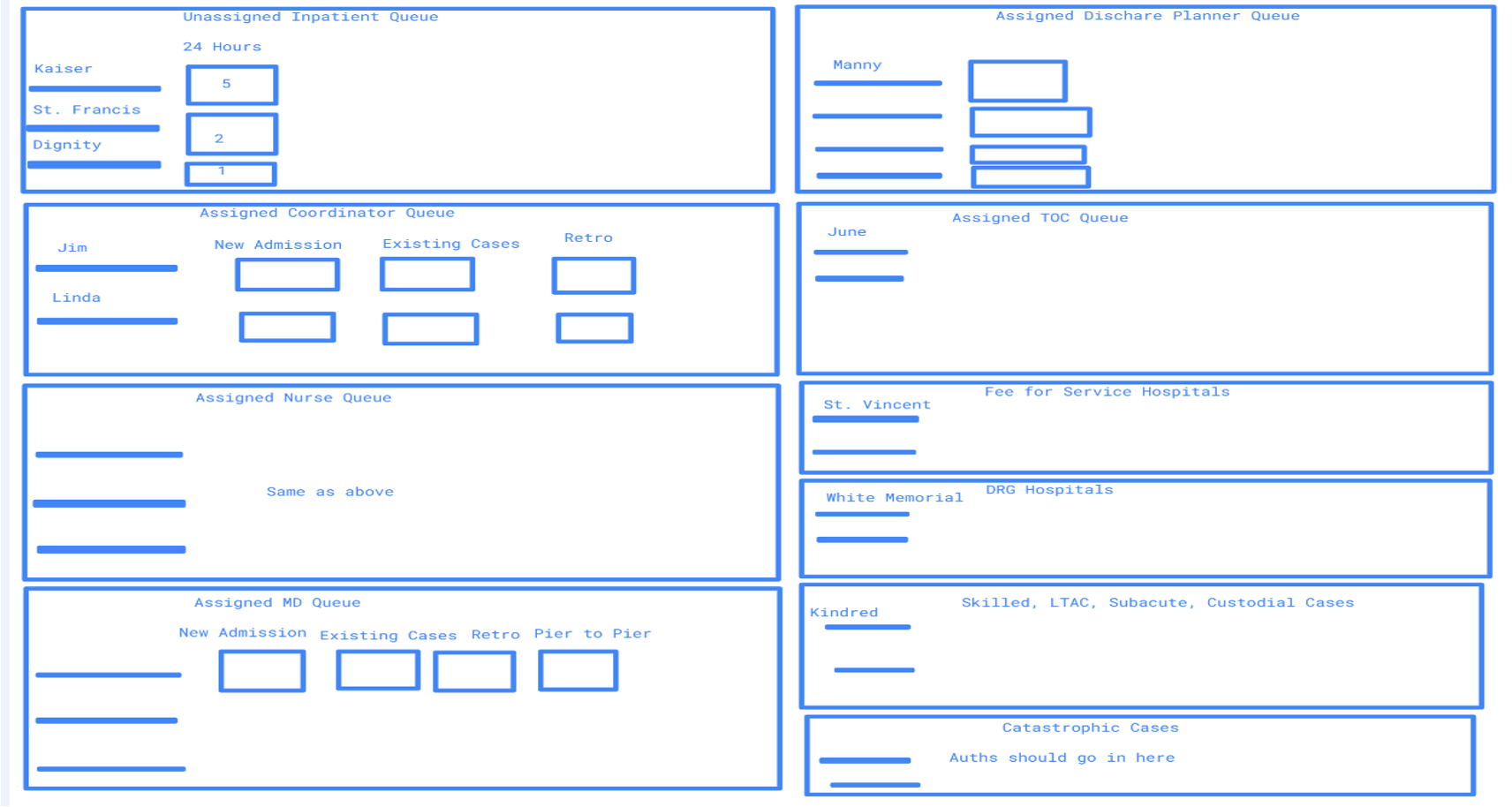
Observations: Observing members and dental providers in real-life dental settings provides valuable insights into their behaviors, interactions, and pain points. It helps identify barriers to care, dental office workflow inefficiencies, communication gaps, and areas where technology or process improvements can enhance the overall dental care experience.
Surveys: Surveys allow Liberty Dental Plan to collect quantitative data from its members and dental providers. They can be used to gather feedback on satisfaction levels, oral health literacy, member experiences with different dental care models, and dental provider perspectives on value-based reimbursement models.
Co-creation Workshops: Involving members, dental providers, and stakeholders in co-creation workshops fosters collaboration and innovation. These workshops enable participants to share their expertise, ideate together, and contribute to the design of new dental care models or solutions that align with socio-economic care and value-based care principles.
Contextual Inquiry: Contextual inquiry involves observing and interviewing members and dental providers in their natural environments to understand their needs, challenges, and behaviors. This method helps Liberty Dental Plan gain a deeper understanding of how socio-economic factors impact access to dental care, oral health behaviors, and dental outcomes.
Usability Testing: Usability testing allows Liberty Dental Plan to evaluate the usability and effectiveness of its digital interfaces, online tools, or member portals. It helps identify areas for improvement, ensures user-friendly experiences, and enables the company to optimize the delivery of dental care services.
ORGANIZING USER JOURNEY AND INFORMATION ARCHITECTURE



User Persona 1: Patient
Name: Sarah Thompson
Age: 32
Occupation: Marketing Executive
Background: Sarah is a health-conscious individual who takes her dental health seriously. She has been a member of Liberty Dental Plan for the past two years. Sarah is tech-savvy and values convenience in managing her dental insurance. She wants quick access to her benefits, appointment scheduling, and claims information. She is also interested in preventive care tips and oral health resources to maintain her dental well-being. Sarah appreciates a user-friendly interface that simplifies her interactions and provides personalized recommendations.
Goals:
Easily access and manage dental benefits and claims.
Schedule and track dental appointments conveniently.
Access educational resources for maintaining oral health.
Receive personalized recommendations for preventive care.
Engage in seamless communication with dental providers and administrators.
Pain Points:
Difficulty understanding and navigating complex insurance processes.
Limited visibility into available dental providers and their specialties.
Inconvenience in scheduling and rescheduling appointments.
Insufficient access to educational materials for oral health guidance.
Lack of timely communication and updates from the dental plan.
User Persona 2: Doctor
Name: Dr. Michael Reynolds
Age: 45
Occupation: General Dentist
Background: Dr. Reynolds is a dedicated dental practitioner who participates in the Liberty Dental Plan network. He values efficient interactions with the insurance company and streamlined processes that allow him to focus on patient care. As a busy professional, he seeks a user experience that helps him verify patient insurance coverage, submit claims, and access relevant treatment guidelines easily. Dr. Reynolds appreciates timely communication and collaborative tools that facilitate seamless coordination with patients and administrators.
Goals:
Verify patient insurance coverage quickly and accurately.
Submit claims efficiently and track their status.
Access treatment guidelines and updates from the dental plan.
Collaborate and communicate effectively with patients and administrators.
Maintain a comprehensive overview of patients' treatment history.
Pain Points:
Lengthy and complex insurance verification processes.
Difficulty submitting and tracking claims accurately.
Insufficient access to treatment guidelines and relevant resources.
Inefficient communication channels with patients and administrators.
Lack of integration between dental practice management systems and the insurance dashboard.
User Persona 3: Administrator
Name: Lisa Johnson
Age: 38
Occupation: Dental Practice Manager
Background: Lisa is responsible for managing the administrative tasks of a dental practice that accepts Liberty Dental Plan insurance. She handles patient registrations, appointment scheduling, claims processing, and overall coordination with the insurance company. Lisa seeks an intuitive and efficient user experience that streamlines administrative workflows, simplifies claim submission, and facilitates clear communication with patients and insurance representatives.
Goals:
Streamline patient registration and appointment scheduling processes.
Simplify claims processing and minimize errors or delays.
Access real-time information on patient coverage and benefit details.
Efficiently communicate and collaborate with patients and insurance representatives.
Generate reports and analyze data to monitor practice performance.
Pain Points:
Manual and time-consuming patient registration and appointment management.
Complex and error-prone claims submission and processing.
Limited visibility into patient coverage and benefit information.
Inefficient communication channels with patients and insurance representatives.
Lack of comprehensive reporting and analytics tools for practice performance monitoring.
CREATING INITIAL DESIGN AND MOCKUPS
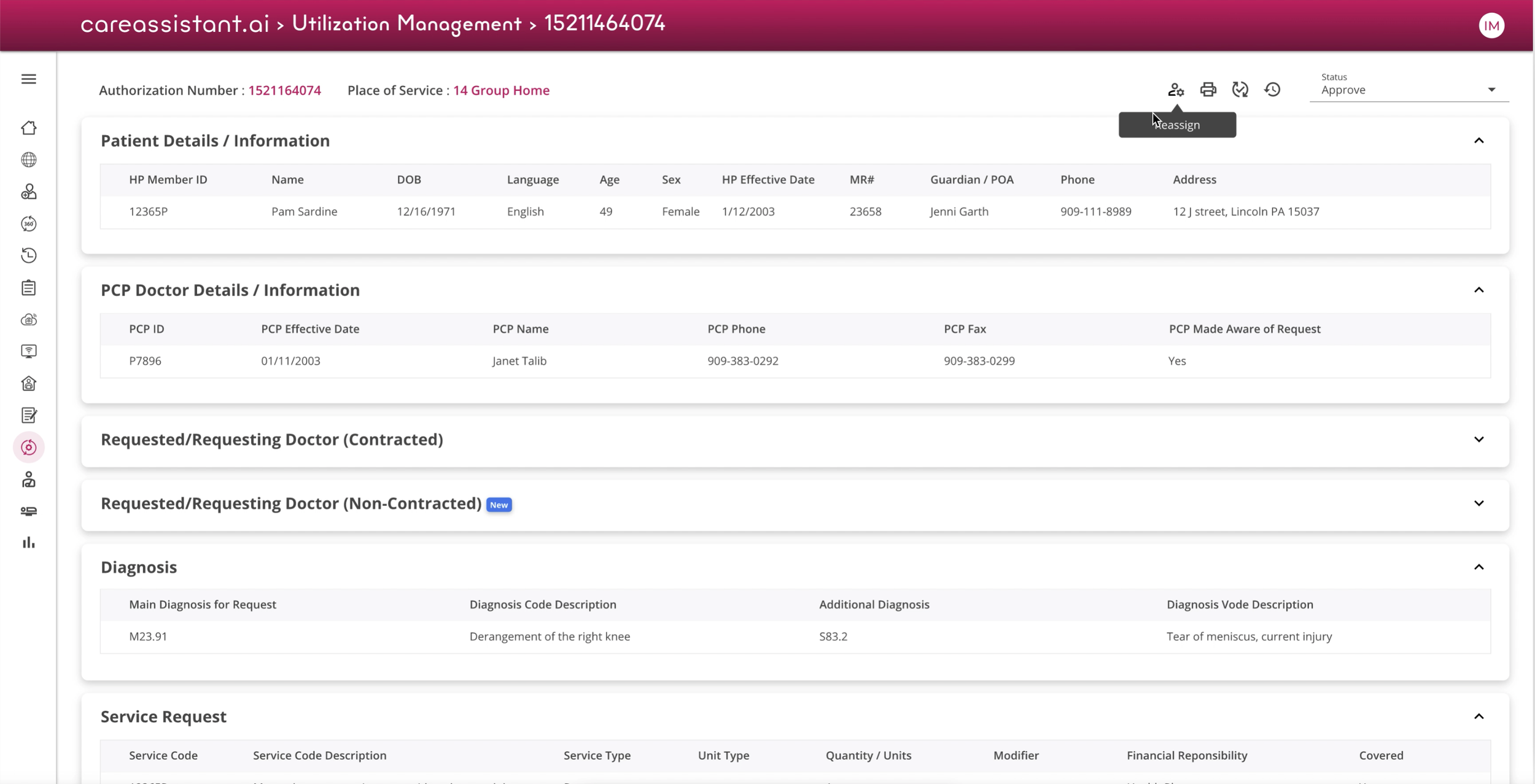
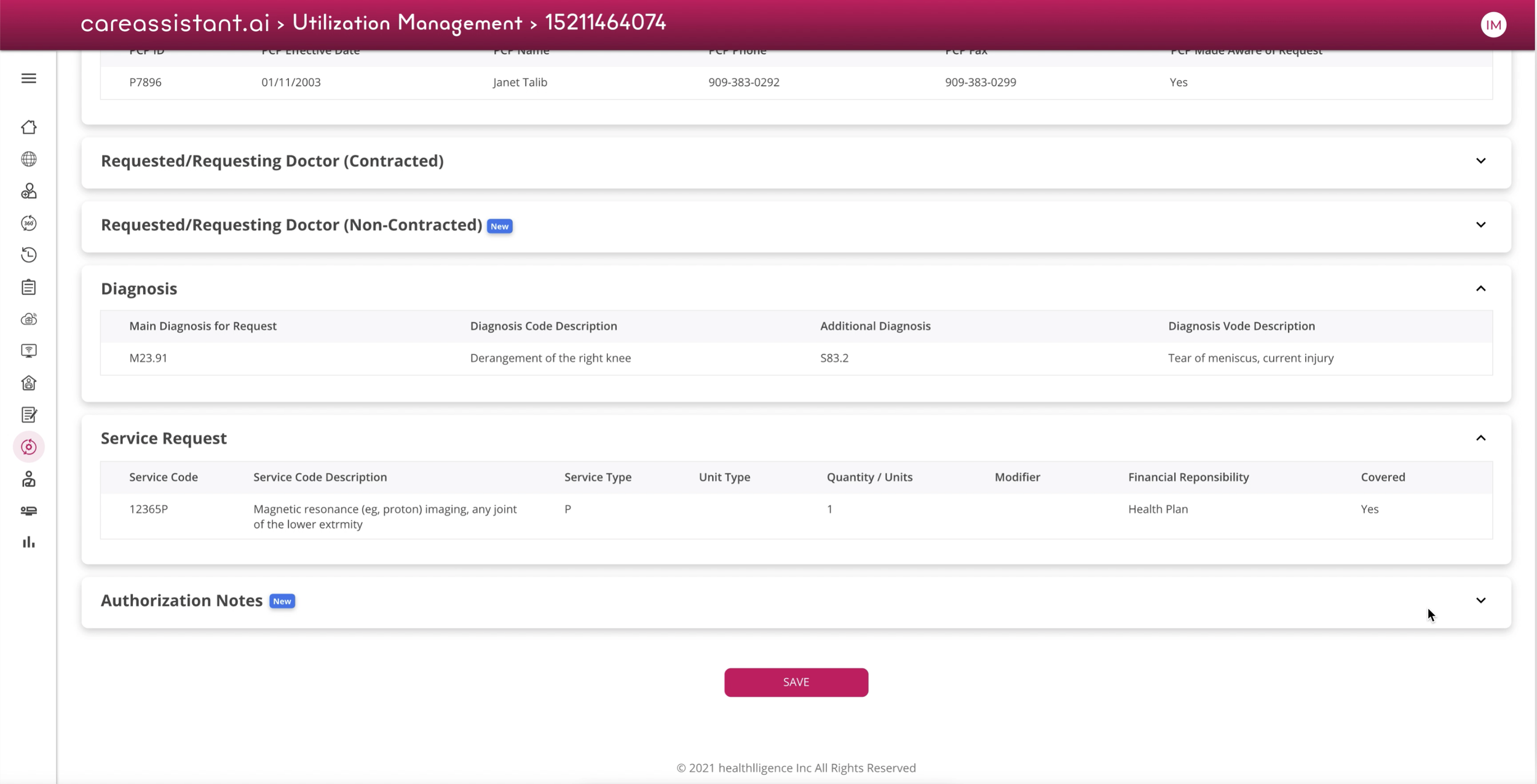
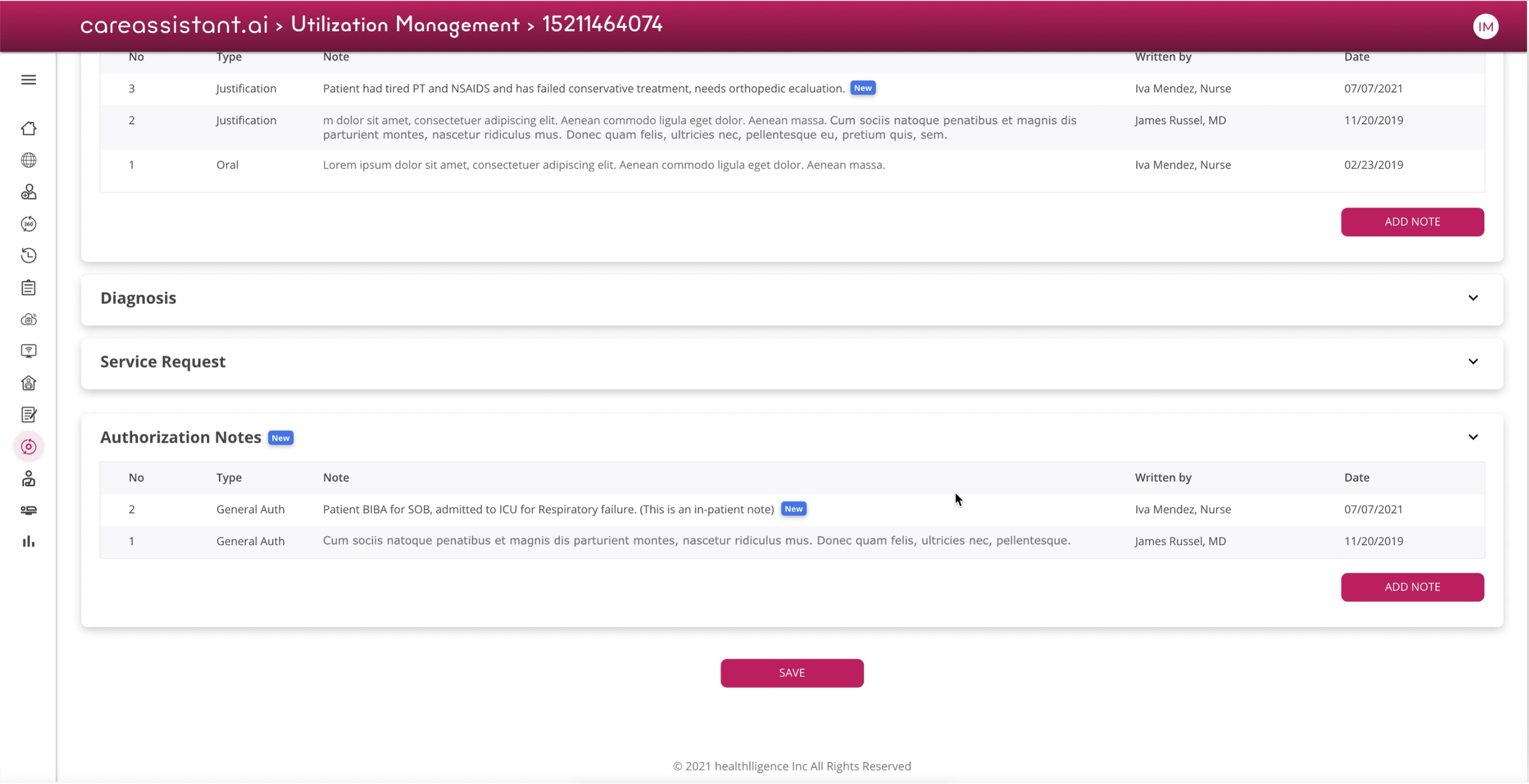
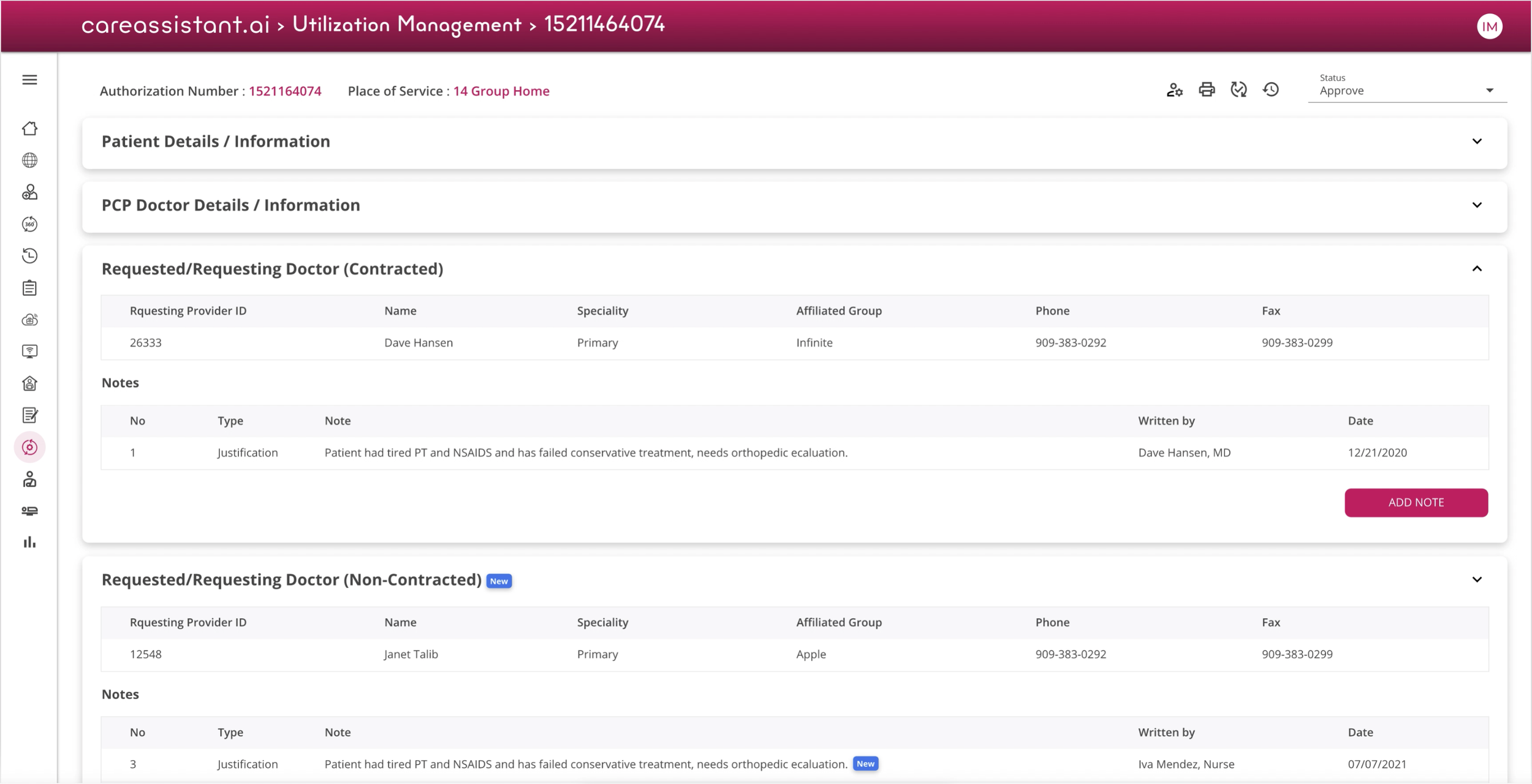
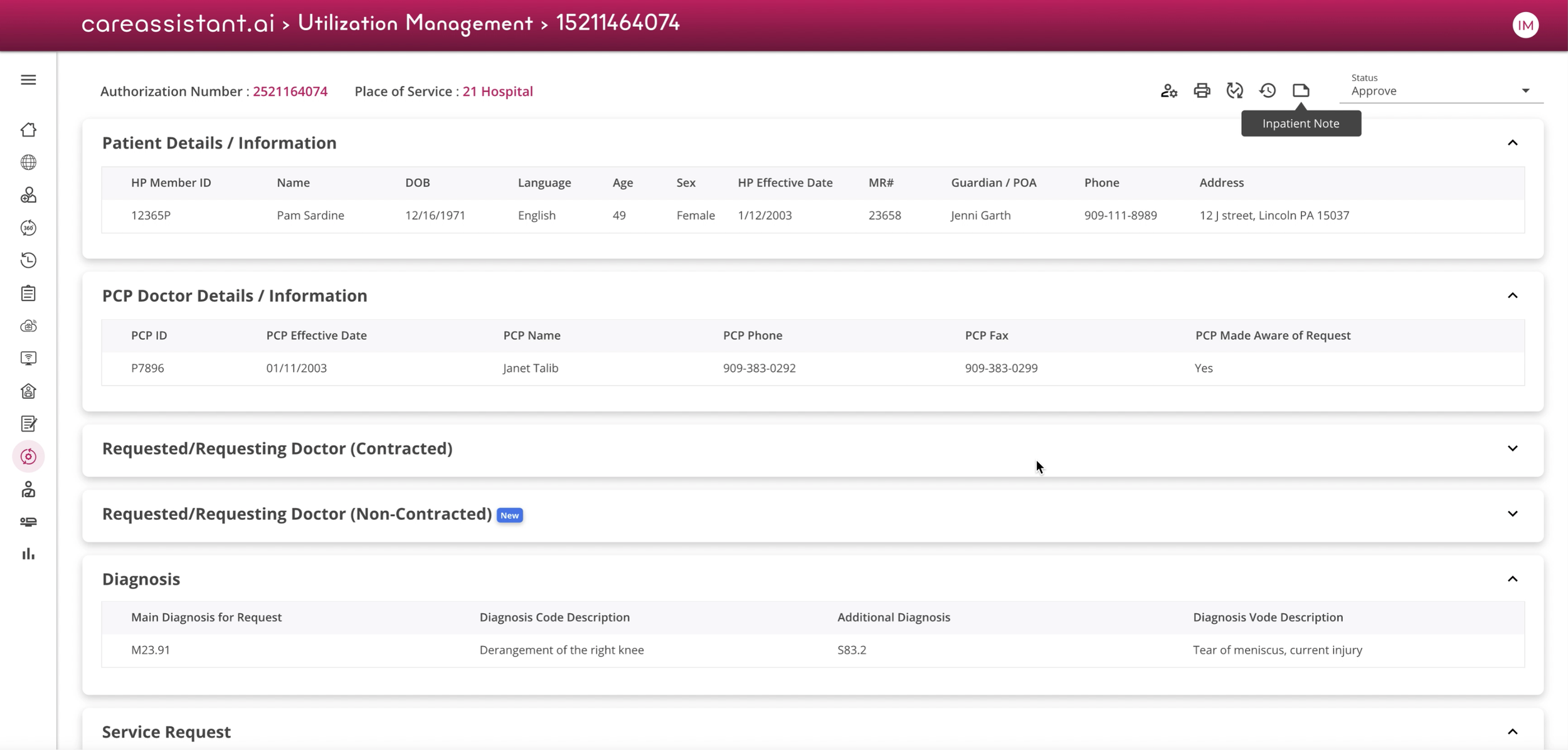
FINAL DESIGN
I am incredibly proud to announce the successful completion of my long and intricate UX/UI design process. I have poured my heart and soul into creating a user experience that exceeds expectations. Through extensive user research and collaboration, I have crafted a visually appealing and intuitive interface that caters to the unique needs of Liberty Dental Plan's patients, doctors, and administrators.
From conducting in-depth user research to meticulously wireframing, prototyping, and designing, every step of my process has been executed with precision and care. I have embraced an iterative approach, constantly refining my designs based on valuable user feedback and industry best practices. The result is a comprehensive dashboard that empowers patients to seamlessly manage their benefits and appointments, enables doctors to deliver optimal care and access essential resources, and supports administrators in streamlining their tasks and communication.
This achievement is a testament to my dedication, expertise, and collaboration with stakeholders and users. I am confident that my UX/UI design will greatly enhance user satisfaction, drive efficiency, and reinforce Liberty Dental Plan's position as an industry leader. I extend my deepest gratitude to everyone who has been part of this incredible journey and eagerly anticipate the positive impact my design will have on the experiences of patients, doctors, and administrators.





































